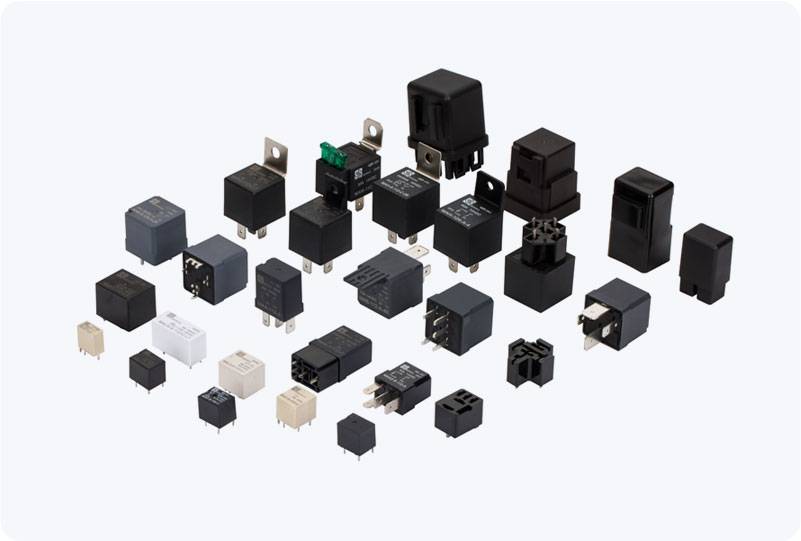Industrial control relays are essential components in the automation and control systems of various industries. As reliable electrical devices, they help manage the switching and protection of electrical circuits in complex operations, from manufacturing lines to power distribution systems. These relays, based on electromechanical or solid-state technology, offer precise control over high-voltage or high-current circuits, ensuring that industrial systems operate efficiently and safely.

What Is an Industrial Control Relay? An industrial control relay is an electrically operated switch that uses an electromagnetic coil to open or close a circuit. The relay typically consists of a coil, contacts, and a mechanism that moves the contacts when the coil is energized. The primary purpose of this device is to control larger power circuits with a low-power signal, providing an interface between control systems (such as programmable logic controllers, or PLCs) and high-power industrial equipment like motors, generators, and other heavy machinery. The core operation of a relay is relatively simple: when current flows through the coil, it creates a magnetic field that either attracts or repels a contact arm. This movement either opens or closes the contacts, thus completing or interrupting the flow of current in the external circuit. This allows industrial control systems to make decisions, such as turning equipment on or off, without directly handling the high power involved.
Leave a Reply